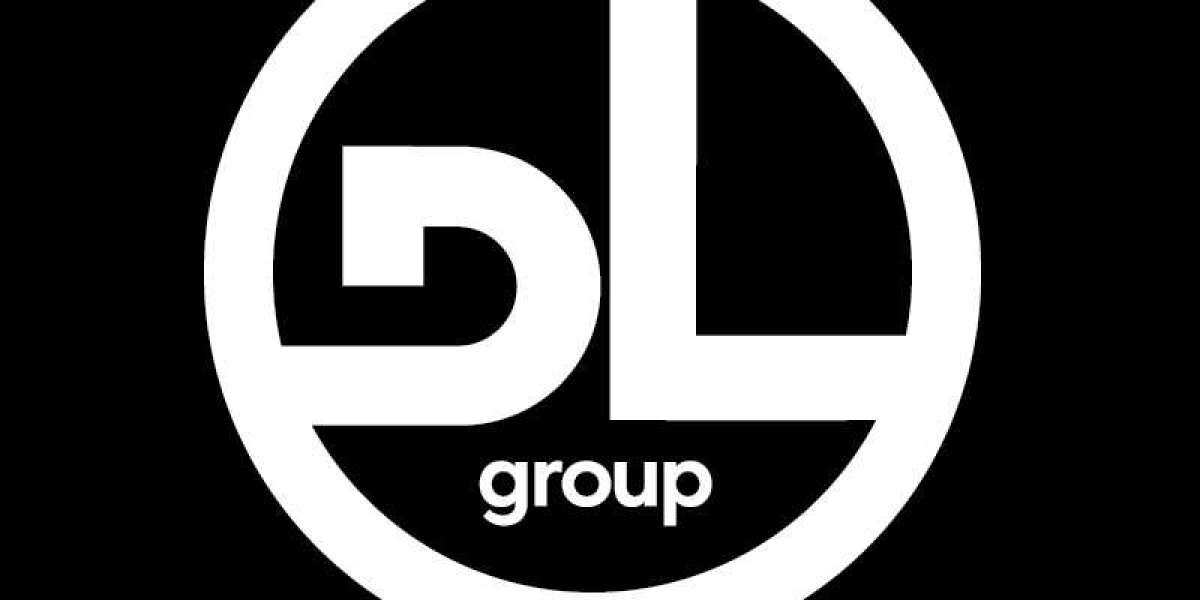Introduction
CE certification, short for Conformité Européenne, is a mandatory conformity marking for certain products sold within the European Economic Area (EEA) and European Union (EU). It indicates that a product meets the essential health, safety, and environmental requirements set out in European legislation. The CE mark allows manufacturers to freely market their products within the EEA and is a key indicator of product compliance with EU regulations. Understanding CE certification is crucial for businesses aiming to access the European market and ensure their products meet stringent quality and safety standards.
Importance of CE Certification
CE certification is crucial for manufacturers seeking to access the European market. It serves as a passport for products to enter and circulate within the EEA and EU member states. Without CE certification, products may face barriers to entry, such as customs refusal or legal repercussions. Moreover, CE marking enhances consumer confidence by assuring them that products comply with rigorous European standards for health, safety, and environmental protection. As such, obtaining CE certification is not just a legal requirement but also a strategic business move to gain a competitive edge in the European marketplace.
Regulatory Framework and Requirements
CE certification is governed by a comprehensive regulatory framework established by the European Union. The process involves assessing products against relevant directives and harmonized standards applicable to their category. Manufacturers must identify the specific requirements applicable to their products, which may include machinery, electrical equipment, medical devices, toys, and personal protective equipment, among others. Compliance involves conducting risk assessments, testing, and documentation to demonstrate conformity with essential requirements. Additionally, manufacturers must appoint authorized representatives within the EU to ensure ongoing compliance and facilitate communication with regulatory authorities.
Certification Process and Procedures
The CE certification process entails several steps, beginning with product classification and identification of applicable directives. Manufacturers must then undertake conformity assessment procedures, which may involve self-certification, involvement of notified bodies, or a combination of both, depending on the product category and associated risks. Conformity assessment typically includes testing, inspection, and documentation review to verify compliance with relevant standards. Once conformity is established, manufacturers affix the CE mark to their products and issue a Declaration of Conformity. Continuous monitoring and compliance maintenance are essential to ensure products remain in conformity throughout their lifecycle.
Benefits and Challenges for Businesses
Obtaining CE certification offers numerous benefits for businesses operating in the European market. It enables access to a vast consumer base, fosters international trade opportunities, and enhances brand reputation for quality and safety. Moreover, compliance with EU regulations promotes innovation and encourages the development of innovative products that meet evolving consumer needs. However, achieving and maintaining CE certification can pose challenges for manufacturers, including navigating complex regulatory requirements, ensuring consistency across supply chains, and managing ongoing compliance obligations. Nonetheless, the long-term benefits of CE certification outweigh the initial challenges, making it a worthwhile investment for businesses aiming to thrive in the European marketplace.
Conclusion
what is ce certification is a vital regulatory requirement for products sold within the European Economic Area and European Union. It signifies compliance with stringent standards for health, safety, and environmental protection, while also facilitating market access and enhancing consumer confidence. By understanding the importance, regulatory framework, certification process, and associated benefits and challenges, businesses can navigate the complexities of CE certification effectively and capitalize on opportunities in the European marketplace.








